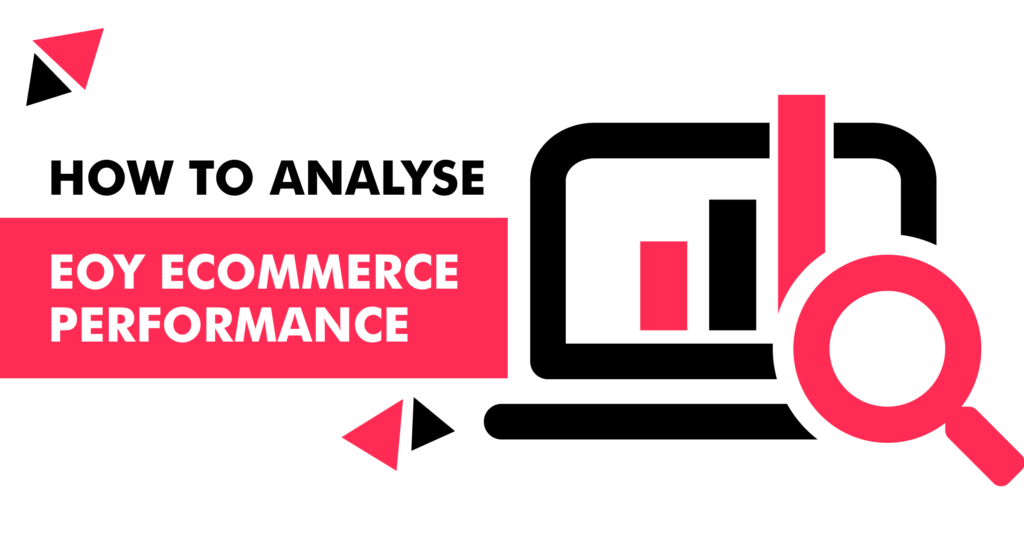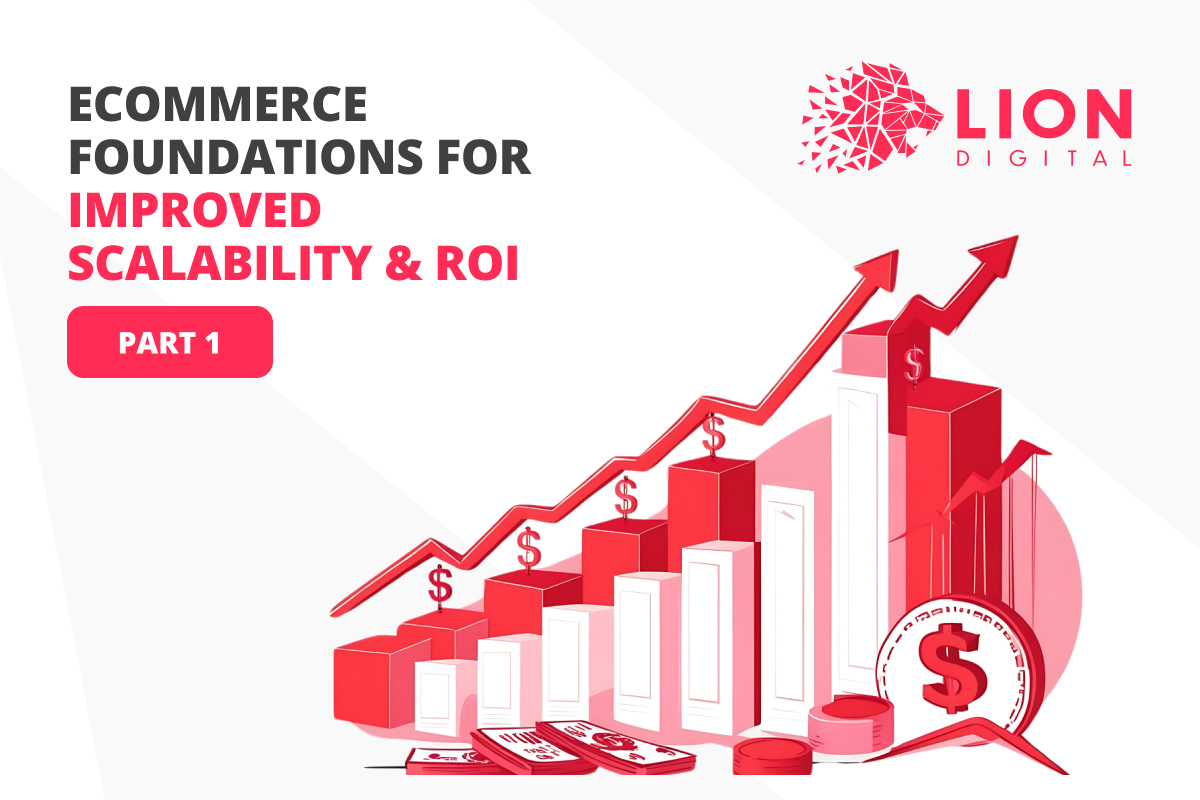
2021 was a unique year for businesses – retail sales were crashing before picking up steam this October, and the economy was in decline up until that point. This sudden reversal in buying behaviour and business trends highlight the importance of identifying potential areas of growth and capitalizing on opportunities this 2022.
So, how do you do this? When conducting an annual performance review we look at overall performance across five key metrics (per channel): Sessions, Conversion Rate, Transactions, Average Transaction Value, and Revenue.
Why these metrics? Because you can simplify the formula for generating revenue to this equation:
Sessions x Conversion Rate x Average Transaction Value = Revenue
Improve the performance of a single metric, and you improve your overall revenue by the same amount.
To start increasing your revenue, the first step would be to conduct a channel analysis. This is where you compare the annual performance of each channel, with the goal of identifying the percentage of users driven to a channel versus the percentage of revenue generated for each channel.
The results should be similar for all the channels – any significant differences may indicate opportunities for optimization. For example, a high number of sessions with low revenue generated would indicate a problem with conversion, or a potential issue with tracking.
Channel Performance Average Month (Past 12)
In the example we used, we combined the Organic and Paid channels to measure the “Search” Channel. Why? Because users don’t choose what type of search they do – they just “search”.
You then measure the performance for the past 12 months in order to get a picture of what the average month looks like, and once calculated, there are 2 ways to proceed:
Conducting a Month on Month Analysis
This is done by comparing the performance of each month vs. the average month, with the goal of identifying the cause for the significant differences in traffic or revenue.
By extracting this data, this can be presented in ways that can be easier to understand, or with complex data sets to further identify potential issues.
Benchmarking vs competitors using other important eCommerce Metrics
It is important to measure how your business is performing, but if you really want to keep improving, you should look at your competitors’ data, and compare them with yours in these metrics:
New Vs Repeat Visitors / Revenue
This is used to identify the quality of traffic and any potential issues with conversion.
Repeat Purchase Rate
Can be used to measure traffic, but is mainly used to determine consumer loyalty and the quality of post-purchase marketing and services.
Days / Sessions to Purchase
The number of days or sessions it takes before a consumer makes their first purchase. This is useful for planning out re-engagement opportunities or remarketing campaigns.
Path to Purchase
Most consumers don’t purchase during their first visit to a site – they often visit multiple times prior to making their first purchase. This metric is useful for optimizing your campaigns and identifying the most effective platforms to reach your target customers.
Channel Efficiency
This is computed by getting your total online revenue divided by the amount spent on marketing that channel. The channels which have greater scores are deemed to be more efficient, and are useful for determining channel performance and which ones to spend more on.
Analysing your performance is important to continuous success in the eCommerce industry. This allows you to identify opportunities, optimize resource allocation, and steer your business towards success.
Want to supercharge your business and implement a measurable strategy?
At LION Digital, we create analytics on a personal level called LION view – a dashboard that collects all your company data and makes your year-end performance review easier and much more comprehensive. This completely customisable, all-in-one and simple-to-use platform gives you an overview of eCommerce channels and metrics, Keywords rankings, Google Search Console data, our 90 day activity plan and your marketing calendar all in one convenient location.
GET IN CONTACT TODAY AND LET OUR TEAM OF ECOMMERCE SPECIALISTS SET YOU ON THE ROAD TO ACHIEVING ELITE DIGITAL EXPERIENCES AND GROWTH

Christopher Inch – Head of Strategy
Chris is a specialist in eCommerce with over 14 years of experience in Digital & eCommerce Strategy, including Search Marketing, Social Media, Email Marketing Automation and Web Development.
Like what we do? Come work with us








